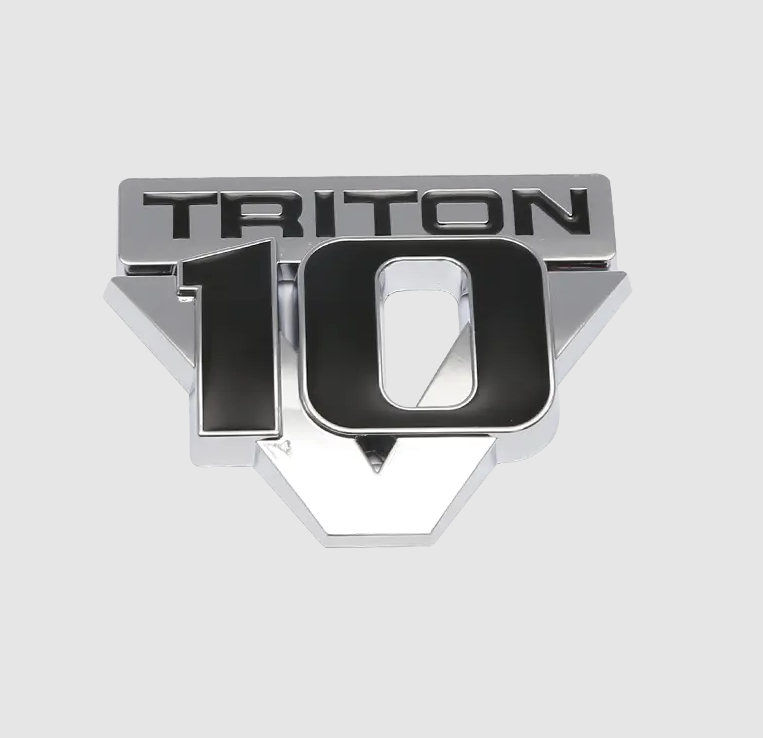When using Plastic Printing Stickers in outdoor or moisture-prone environments, one common concern is whether they will maintain their appearance and adhesion over time. Specifically, many wonder if plastic-based stickers are prone to bubbling or peeling when exposed to rain or high humidity. This is a valid concern, especially for labels applied to outdoor signage, beverage bottles, bathroom products, or shipping containers.
The performance of a sticker in moist conditions depends on several factors: the type of plastic used, the adhesive formulation, the surface it's applied to, and the presence of protective coatings. Common plastic materials used in stickers include polypropylene (PP), polyethylene (PE), and polyvinyl chloride (PVC). These materials are naturally resistant to water absorption, making them a solid choice for environments where moisture is a factor.
However, while the plastic layer may resist water, the adhesive layer is often the weak link. Standard pressure-sensitive adhesives can degrade or lose tackiness when repeatedly exposed to moisture, leading to edge lifting or full detachment. In high-humidity conditions, poor-quality stickers may also trap moisture underneath, forming visible bubbles that compromise both aesthetics and performance.
To prevent bubbling and peeling, many manufacturers use waterproof or weather-resistant adhesives specifically designed for wet applications. These adhesives bond strongly even on damp or non-porous surfaces like glass, metal, or sealed plastics. When paired with high-quality film materials and proper lamination, these stickers can remain securely affixed even after days of rain or fog.
Application technique is also critical. Applying stickers to a dirty, oily, or wet surface increases the likelihood of poor bonding. For best results, the target surface should be clean, dry, and smooth. If air pockets are trapped during application, moisture can seep in later and cause bubbling. Using tools like squeegees or rollers helps apply even pressure and eliminates air gaps.
For long-term outdoor or damp-area use, many opt for stickers with over-laminates—thin, transparent protective films that shield the print and surface from water, UV rays, and abrasion. Lamination not only improves water resistance but also helps preserve the sticker’s visual quality.
It’s also worth noting that extreme humidity, such as that found in saunas or tropical environments, may test even well-made labels. In these cases, specialty labels rated for outdoor or marine use should be considered. These are often made with vinyl or polyester films and feature ultra-aggressive adhesives developed for challenging environments.
In conclusion, high-quality plastic-based stickers, when properly applied and manufactured with moisture-resistant materials, perform reliably in rainy or humid conditions. While cheaper options may bubble or peel, premium versions with waterproof adhesives and lamination offer excellent resistance to environmental stress. For optimal performance, it’s essential to choose the right sticker type based on where and how it will be used and to ensure correct surface preparation during application.
Material Plastic: PVC, PET
Thickness: About 1.0-1.5mm usually
MOQ: 100pcs, 500pcs, all depends customer's request, small orders are accepted
Size and shape: Custom-made, oval, rectangle, square, round, irregular shape ok
Colors: Customized colours, Pantone Matching System
Printing: Silkscreen printing, digital printing
Fixing: Strong permanent adhesive, 3M adhesive tape on the back
Drawing format: AI, PDF, CorelDraw, EPS, PSD, Hi-res PDF

